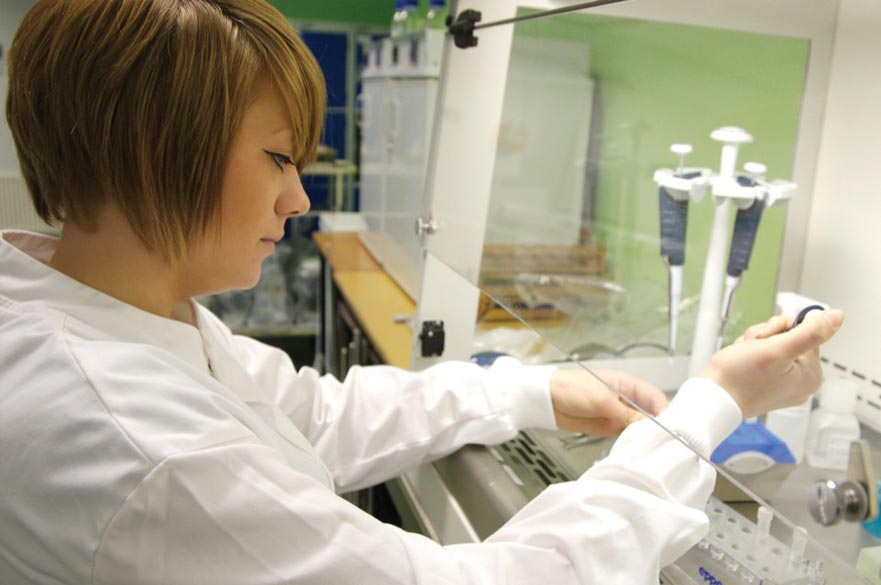Overview
Skin morphogenesis occurs under stringent control of epithelial-mesenchymal interactions and result in a formation of the epidermis and a number of different skin appendages (including, the hair follicle, HF). Skin serves as an important source of adult stem cells (SCs) required for formation and regeneration of the skin and HF during post-natal life has the remarkable regenerative capacity apparent during successive rounds of HF cycles. Therefore, making it a highly tractable model system to explore the genetic circuits of self-renewal, maintenance and differentiation underlying tissue development, regeneration of adult epithelia. Recent reports have demonstrate that activity of many signalling pathways implicated in the control of SC activity are regulated by small none-coding RNAs called microRNAs (miRNAs), which represent a newly recognized and important level of regulation of cell fate during execution of the lineage-specific gene expression programmes. MiRNAs and their targets represent remarkably diverse regulatory networks, playing a key role in the tight regulation of gene expression programs, while mis-regulation can lead to tumourigenesis. Given their relatively small size and broad mechanisms of action making them ideal for further exploration for the identification and better understanding of their role in skin homeostasis and development.
This project will build on previous publications (Ahmed et al. 2014, 2011, 2010) and preliminary data generated in the Ahmed laboratory. This project will specifically focus a novel miRNA, and their role in skin and hair follicle development by regulating potentially skin stem cells and skin keratinocytes proliferation and differentiation.
References
* Stenn KS, Paus R. Physiol Rev. 2001 Jan;81(1):449-494. Controls of hair follicle cycling;
* Marlon R. Schneider, Ruth Schmidt-Ullrich, Ralf Paus. (2009), The Hair Follicle as a Dynamic Miniorgan, Current Biology, 19 (3), R132-R142;
* Ralf Paus, and George Cotsarelis, N Engl J Med 1999; 341:491-497.
* R, Yi and E, Fuchs. Cell Death and Differentiation (2010) 17, 229–235. MicroRNA-mediated control in the skin. (and references within);
* Ahmed MI et al. J Cell Biol. 2014 Nov 24;207(4):549-67.MicroRNA-214 controls skin and hair follicle development by modulating the activity of the Wnt pathway;
* Ahmed MI et al. J Cell Sci. 2011 Oct 15; 124(20): 3399–3404. MicroRNA-21 is an important downstream component of BMP signalling in epidermal keratinocytes;
* Mardaryev AN, Ahmed MI et al. FASEB J. 2010 Oct;24(10):3869-81. Micro-RNA-31 controls hair cycle-associated changes in gene expression programs of the skin and hair follicle.
Supervisor
Staff profiles
Entry qualifications
To be eligible to apply you must hold, or expect to obtain, a UK Masters degree (or UK equivalent according to NARIC) with a minimum of a merit, and / or a UK first class or 2.1 BSc (or UK equivalent according to NARIC) in a relevant subject.
How to apply
Contact Dr. Mohammed Ahmed for informal discussions about this project.
Applications are accepted all year round.
For a step-by-step guide and to make an application, please visit our how to apply page.
Fees and funding
This is a self-funded PhD opportunity.
Find out about fees and funding for PhD projects.
Guidance and support
Further information on guidance and support can be found on this page.
